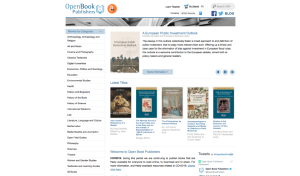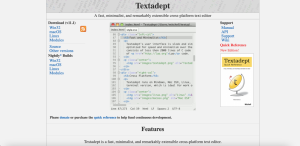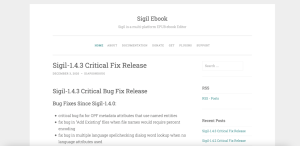Theme: Conservation
Back to Top
|
 |
|
Conservation Biology Institute
|
Science |
|
Based in Oregon, the Conservation Biology Institute (CBI) collaborates with diverse stakeholders to advance conservation scholarship and solutions. Since its founding in 1997, CBI has supported major projects in the fields of forestry, renewable energy, wildlife risk modeling, and more. Recent accomplishments include collaborating on an international environmental risk screening tool, assisting on a species stabilization project for the Quino checkerspot butterfly, and coordinating a regional rare plant monitoring system. Readers can view a full list of accomplishments and project summaries on the About page. The site also hosts the Institute's Blog (under News and Events), Reports (under Products and Publications), and recordings of their Webinars (also under Products and Publications). Jim Strittholt serves as the Institute's president and executive director, and he guides an impressive team with expertise in various scientific disciplines (including wildlife ecology, software engineering, and botany). To stay up-to-date on the team's activities, readers can subscribe to CBI's mailing list. The button to do so is located at the bottom of the home page. [EMB] |
|





|
|
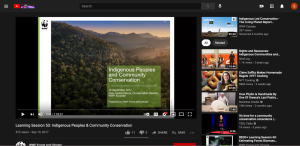 |
|
Learning Session 53: Indigenous Peoples & Community Conservation
|
Science |
|
Many Indigenous peoples serve as caretakers for the Amazon, as "around 30 percent of Amazon lands are within their territories." This is particularly true for Indigenous peoples in Ecuador, where nearly half of the country's land contains the Amazon biome. This hour-long learning session led by Juan Carlos Garcia, conservation director of WWF-Ecuador, focuses on conservation lessons from this region. Juan Carlos Garcia begins his talk by providing a brief overview of Ecuador's land, people, and economy. Then, he presents two case studies, exploring conservation work through the lens of the Zancudo Cocha community and the Achuar Indigenous Peoples. Finally, he shares several reflections, among them, the importance of prioritizing community knowledge, building relationships between communities and other partners, and considering both environmental and human impacts of conservation work. Though this talk was recorded in September of 2017, the World Wide Fund for Nature (WWF) Forest and Climate team continues to produce learning sessions on related issues of sustainability, biodiversity, and conservation. Readers will find these videos by navigating to the main page of the WWF Forest and Climate YouTube channel. [EMB] |
|





|
|
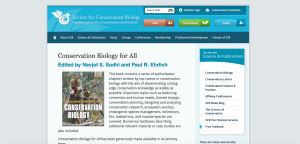 |
|
 |
|
What Conservation Efforts Can Learn from Indigenous Communities
|
Science |
|
A recent report from the Intergovernmental Science-Policy Platform on Biodiversity and Ecosystem Services (IPBES) reveals that "nature is declining globally at rates unprecedented in human history." This harrowing statistic is not without a glimmer of hope. Annie Sneed's May 2019 article for Scientific American distills information from the report and highlights one of the key takeaways: Indigenous people, the original inhabitants, owners, and caretakers of land, continue to implement better land stewardship practices than other models. Per the report, "at least a quarter of our planet's land is owned, used, occupied or managed by Indigenous peoples," and a significant portion of that land is "terrestrial areas with very low human impacts." To improve overall conservation efforts, it is crucial to incorporate Indigenous leadership and practices. These practices include: creating species-rich habitats, managing lands through traditional burning techniques, and restoring areas of land degradation. As the article concludes, it is time for a new type of conservation, one "with respect for human rights of the peoples who are living there, who are managing these areas." Readers may also want to browse the IPBES media release and summary of the report itself, linked near the beginning of the article. [EMB] |
|





|
|
 |
|
Conservation Careers
|
Science |
|
Those interested in transitioning to a conservation career will want to check out this vocational hub. Dr. Nick Askew directs Conservation Careers, relying on 20 years of conservation sector experience to assist those new to the field. While personalized features of the site require a membership (and a monthly fee), readers can still enjoy many resources for free. For example, navigating to the Advice tab, visitors will find guides, podcasts, and webinars sharing career stories and tips. One such aid is "The Ultimate Guide to 15 Key Conservation Jobs." Here, readers will learn about the breadth of job options in the field, from humanities-based careers that draw on photography and storytelling skills, to science jobs that rely on research experience. Various webinars, videos, and resource links are embedded throughout the guide, making it a comprehensive source of career knowledge. Once users have more confidence in what a conservation career entails, they can dive into the job search process. At this stage, readers may want to check out the conservation job postings on the home page or Jobs tab. [EMB] |
|





|
|



